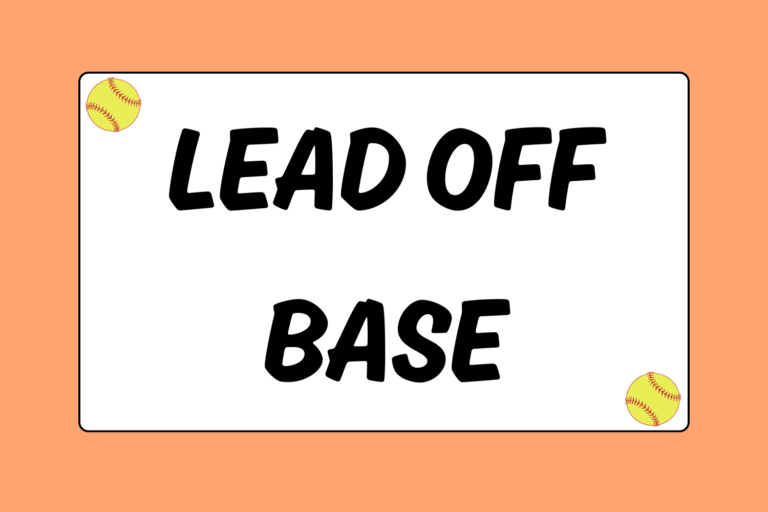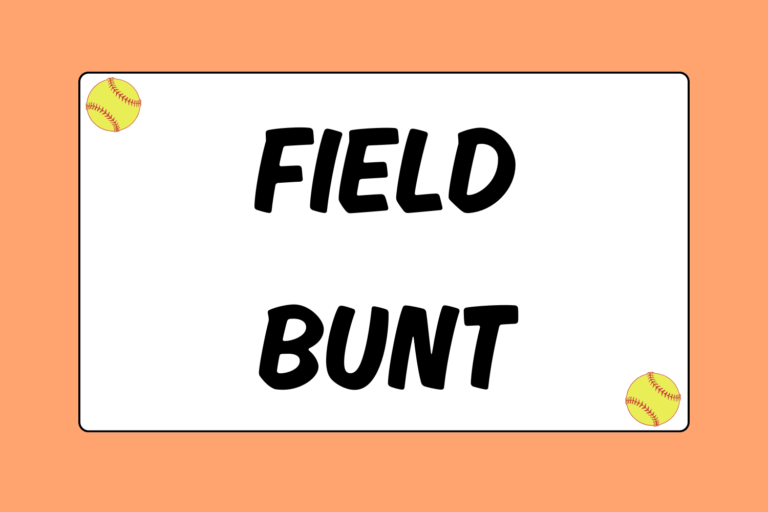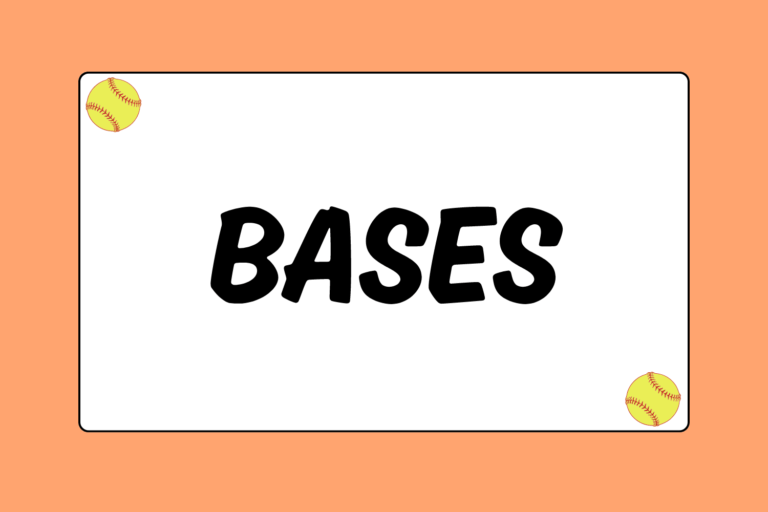Behind the plate, you’ll see almost every type of hit: Line drives, hard grounders, fly balls, and home runs. But what you won’t see are pop-ups hit directly above you. Every other fielder on the diamond has a 360-degree view of every hit. The catcher, however, does not. You are looking straight ahead at the pitcher, and your mask obstructs your view of anything above your visor. With your eyes focused on the pitcher’s hip, a pop-up will go immediately out of your view. This softball guide will offer tips to make catching these pop-ups routine.
Short vs. High
Before you know how to catch a pop-up, you’ll need to know the difference between the two types you’ll see — short or high. A short pop-up is one that only reaches about five feet above you. A high pop-up is just that — high. These pop-ups have more spin and velocity, and they’ll be more difficult to track.
On a short pop-up, you will simply spin and turn your back to the infield. You do not need to remove your mask (and you won’t have time); simply look up and try to catch the ball. On a high pop-up, though, you’ll need to stand up, remove your mask, and then spin to locate the ball.
Hot Tip: Ask the Infield for Help
The infielders have a 360-degree of the field, so ask them to help you locate the ball. On any pop-up, don’t ask the infield to yell where the ball is going — too many voices won’t help and in the heat of the moment, you’ll hardly hear a thing anyway. Instead, ask them to point to where the ball is — to your left, right, in front of, or behind you. By doing this, all you have to do is raise your eyes to look where they’re pointing, and then you’ll know where to move your feet as you spin around.
1. Stand up & Remove Your Mask
On any pop-up, whether it’s short or high, you are going to immediately get up out of your stance. In the same motion, you are going to take your mask off. Keep it in your hands, though! Removing it does not mean throwing it, so don’t toss it to the side quite yet.
2. Spin
As you stand, you are also going to spin to turn your back to the infield. Spin towards your glove side — this will feel the most natural. You spin because most pop-ups will have backspin, causing the ball to drift back to the infield. Having your back to the infield will make catching these balls a lot easier. Make sure you have a strong base and stay light on your feet because you will be moving them.
3. Catch It
Don’t raise your glove as you’re moving to get underneath the ball — that will only slow you down. A high pop-up will likely be swayed by even the slightest breeze, so you don’t want to set up your glove too early. Stay on the balls of your feet and keep the mask in your hand until you’ve set yourself right under the ball. Then you can toss your mask out to the side.
You want to make sure you don’t trip over it if you need to finish the play, so by tossing it to the side, you’ll get the mask out of your way. (If you toss it too early, it’s possible that you’ll trip over it as you move to locate the ball.) As the ball is descending, raise your glove. Make the catch with two hands.
If the ball is moving in the air, don’t just reach for it with your glove — move your body. You want to get your whole body behind and underneath the ball, not just one arm. And remember, the ball is live if you catch it, so know where the runners are at all times!
Hot Tip: Let Them Know It’s Yours
When you are waiting beneath the ball (after you’ve thrown your mask to the side), relax your arms and extend them out to your sides (like you are telling everyone to stop around you) to let everyone know it’s yours. By communicating to your infield that you have control of the play, you will prevent collisions and dropped balls.
Get up & Get Moving
An experienced catcher will be able to handle every pop-up the same — calm and collected. Don’t let the excitement get the best of you. You won’t be able to catch it if you can’t see it, so your first priority should be to locate the ball in the air. You can’t help that your vision is limited up behind the plate, but you can work hard to get your body up, spinning, and moving to locate the ball. With enough practice, these pop-ups will become routine plays.





